Did you know you can grow more food from the scraps of veggies, herbs, and fruits you have in your kitchen or fridge? It’s called scrap gardening and it’s as easy as plopping the kitchen scraps in water or soil or sowing a few seeds.
Think of scrap gardening as an ultimate recycling practice for sustainability and to reduce food waste. Or think of it as an interesting experiment with edible rewards. Most of all, scrap gardening is fun (especially for kids), and here’s a beginners guide to get you started and the top foods to try.
What is Food Scrap Gardening?
Sometimes called no-waste kitchen gardening, scrap gardening is a way to regrow vegetables and harvest certain foods from the scraps you normally put in the compost pile. Start by saving the remnants of foods, such as the base of celery and Romaine lettuce. Seeds from an orange or lemon can be saved, too
Most of the time, scrap gardening is a kitchen activity rather than outdoor gardening. You don’t really need an exceptionally sunny area to grow most of the scraps indoors.
Why Scrap Garden?
“It’s less about the long-term survival of the plant and more about squeezing the last little bit out of it,” said Katie Elzer-Peters, author of No-Waste Kitchen Gardening. Since its 2018 publication by Cool Springs Press, the book has been translated into at least 15 languages, including Dutch, French, and Portuguese.
“The biggest reason people scrap garden is because it’s so much fun. It’s especially fun for families or for kids. It’s a nice way to help teach kids about plants and where they come from,” she said in a telephone interview. Scrap gardening is also useful for cooks who just need a small amount of celery, lettuce, basil or similar ingredients they can grab from the kitchen counter or windowsill, even in winter.
Plants for Your Scrap Garden
Here are some of the easiest plants to begin your scrap garden experience and tips for your success.
Green onions
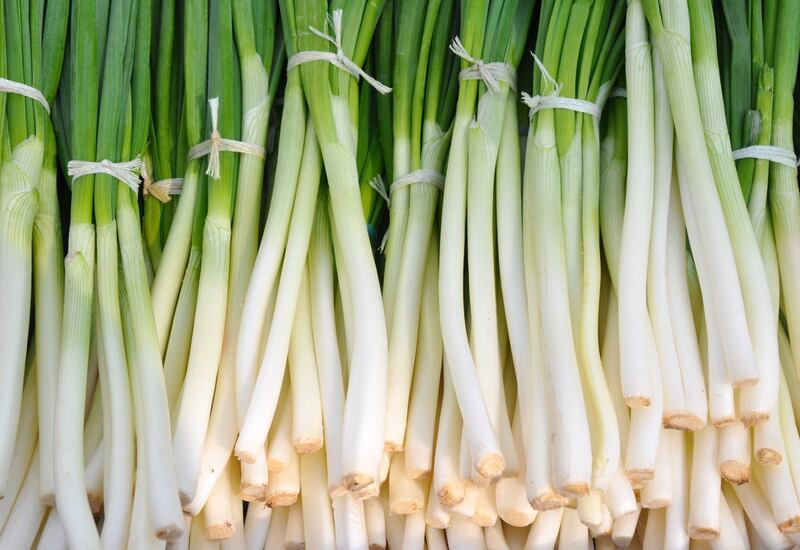
Just about anything in the onion family, including leeks, can be grown and regrown for long periods. After harvesting the green part of the green onion, take the white end of the green onion (also called scallions) that has small hairy roots and plant it in a pot. As new green develops, snip as needed.
Garlic
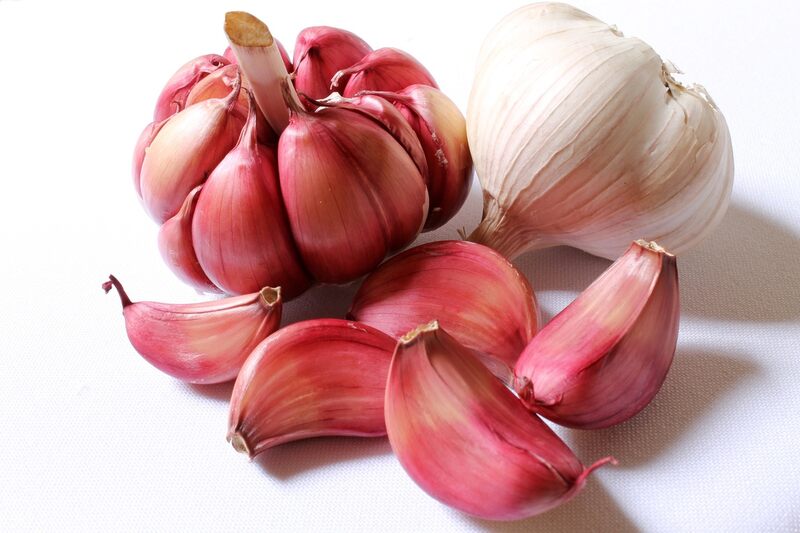
One clove of garlic can be planted about 2 inches deep in a 4-inch pot of high quality potting soil. If you want to plant more than one clove, use a larger pot and plant about 2 to 3 inches apart. As the bulb begins to send up leaves, transplant to a sunny spot outdoors in fall or early winter. Harvest the garlic the following summer.
Romaine lettuce
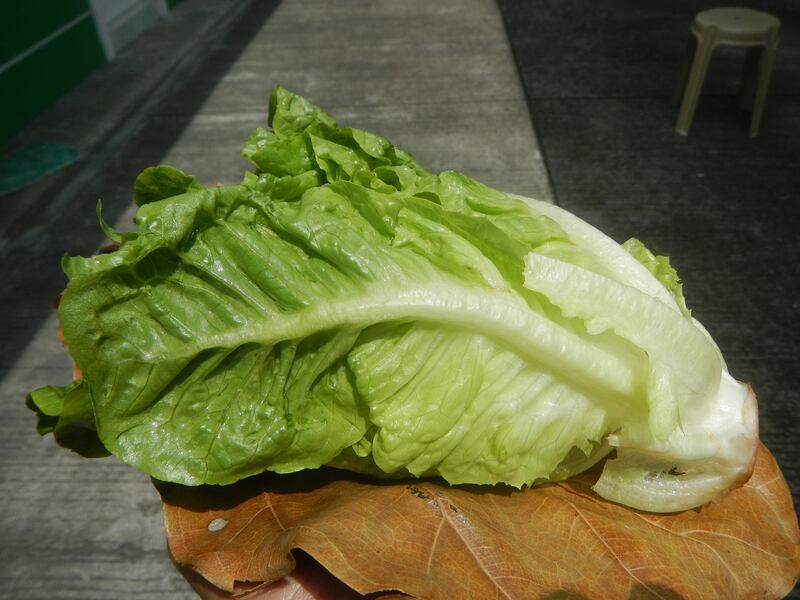
This tasty leaf lettuce can be regrown by suspending the base of the romaine bunch just above water in a bowl with toothpicks. The base will grow new leaves the perfect size for a sandwich, but not enough for a dinner salad.
Sweet potato
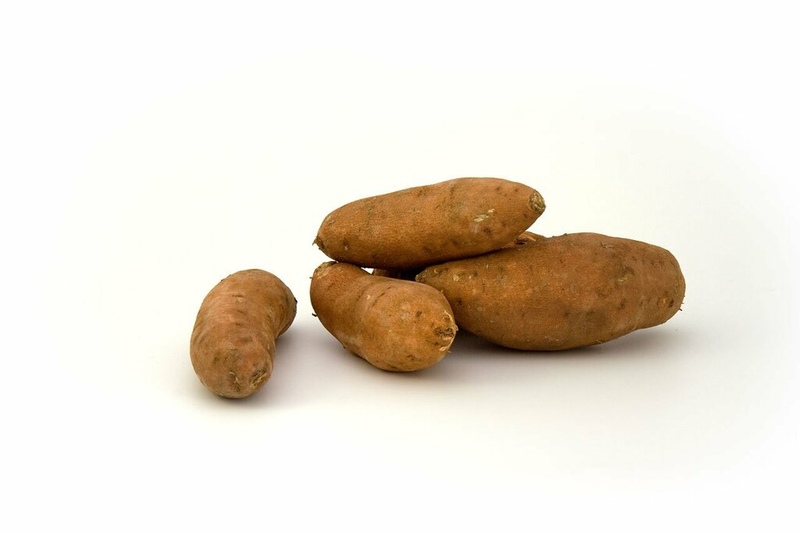
Long a favorite school science project, regrowing sweet potato results in a beautiful houseplant. A new sweet potato might develop if planted outside. A whole sweet potato can be held slightly above water with toothpicks. It will grow a vine that’s similar to the ornamental sweet potato vine used in many garden containers or landscapes. The vine may eventually grow small, bite-sized sweet potatoes.
Celery
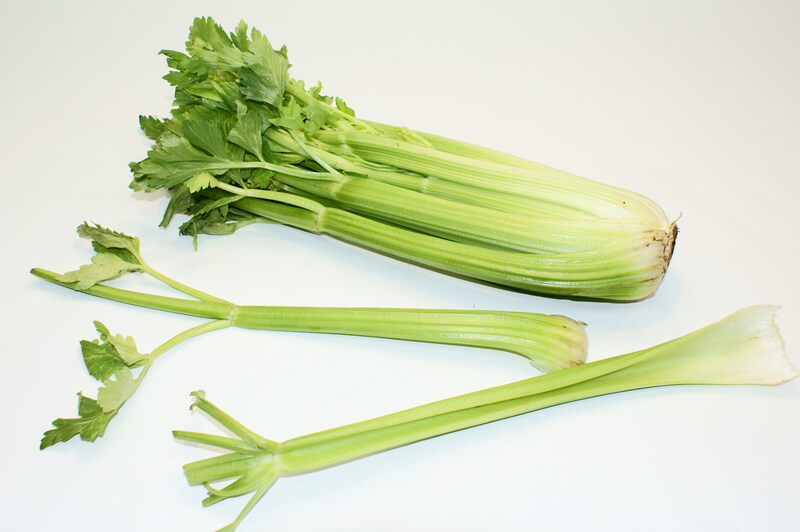
The base of a celery bunch can be grown when held above water by toothpicks. Celery leaves develop first, followed by a stalk.
Basil and Cilantro
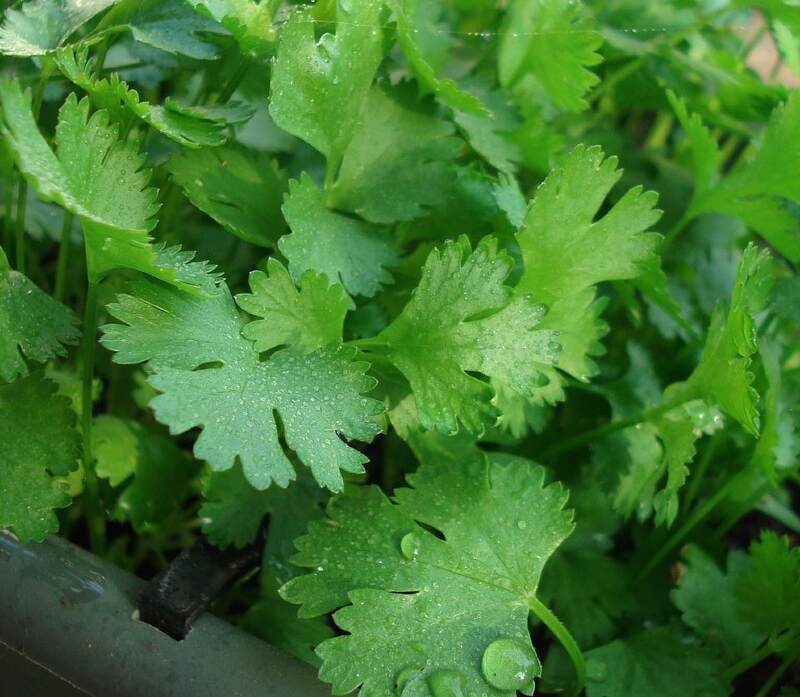
Place a few stems with leaves of basil and cilantro in water. When roots develop, transplant to a pot of soil. Once more leaves start to develop, pinch off as needed. In summer, move the herbs to the home garden bed or grow in a container garden.
Avocado
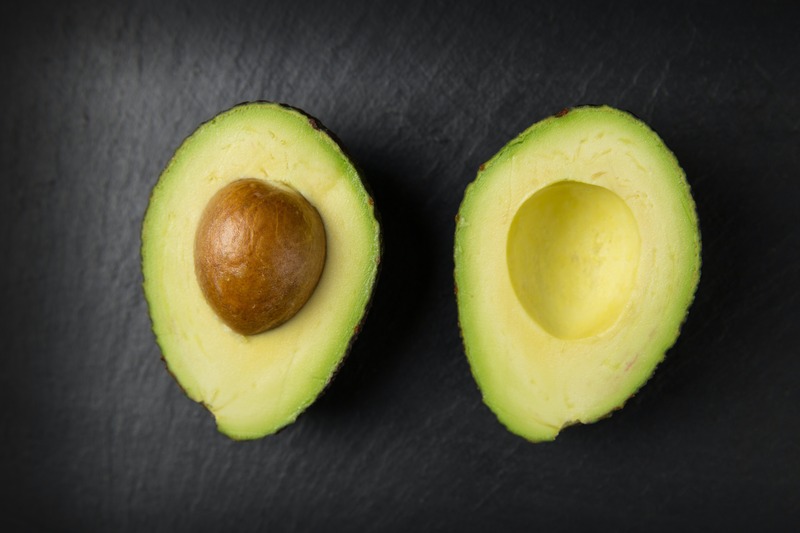
Growing an avocado pit in water is still an easy, common way to propagate the fruit. Use toothpicks pierced into the pit to hold it just above water. As the pit develops roots, transplant to a pot of soil. Eventually leaves will develop to make a great houseplant.
This can be grown in a pot outdoors in warm climates. Depending on the area, you might be able to grow an avocado tree that bears fruit. In cold climates, move the plant to a sunny location in summer, then back indoors for winter. It’s unlikely the avocado will produce fruit in cold regions.
Orange and lemon

Save the seeds of the citrus and sow three or four about 1 inch deep in a 4-inch container of potting soil. When the seeds sprout, they look like a grove of mini trees.
As they continue to grow, transplant them into individual pots. Place in a bright, sunny window. In warm climates, the plants can grow outdoors. In cool regions, however, consider the orange and lemon tree a houseplant. Move outdoors in summer, then indoors in winter.
Note: If the trees produce fruit, it may not look and taste the same as what the seeds came from.
Squash
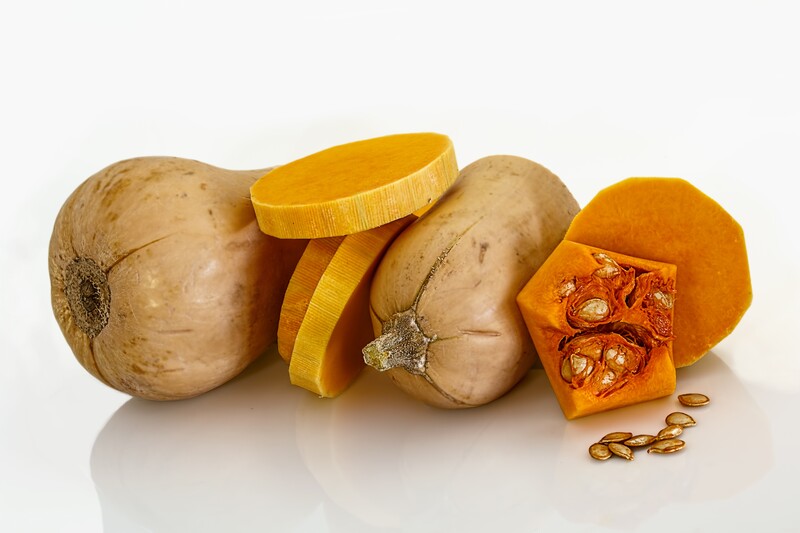
Zucchini, butternut, and acorn squash are easy to grow from seed. Scoop the seeds from the squash, clean them off, dry them, and sow them in a 4-inch pot of potting soil. These will quickly outgrow their space, so it’s best to transplant them to a sunny space in the vegetable garden in late spring.
Ginger
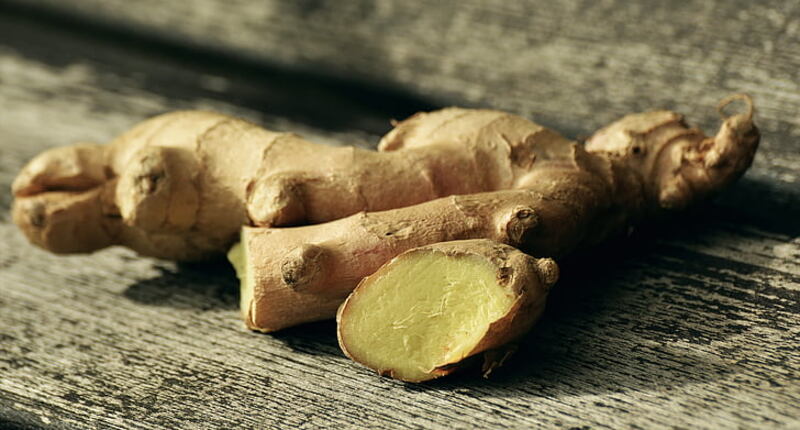
Just cut a piece of ginger and plant it about 1 inch deep in a 4-inch pot of potting soil. Leaves will emerge and as the new plant grows, move it to a bigger pot. You can harvest pieces of ginger by digging up the root, cutting off a portion and replanting the root.
The tropical ginger is not winter hardy in cold regions, but can be moved outdoors in summer as part of a container garden. As a bonus, outdoors or as a houseplant, ginger leaves are beautiful. If you’re in a warm climate, you may be able to grow your own ginger by planting it directly in the soil outdoors.
Things to Keep in Mind About Scrap Gardening
Many of the grocery store bought vegetables or fruits are probably hybrids. Hybrids are the result of crossing one or more plants to produce a new one, usually with improved taste, vigor, size, and other qualities. Growing seeds from these plants will not always reproduce the plant you started with. Instead, the result may be one of the parent plants.
Vegetables that come from the grocery may have been treated with a growth retardant. The retardant could interfere with how some of them regrow. To avoid this, purchase organic produce for your scrap garden.
FAQ About Scrap Gardening
Yes, you can! Start with romaine lettuce or celery because they don’t need a lot of light to grow.
It really depends on which plant. A green onion continues to produce for months, while a lettuce may produce for a few weeks. Keep in mind that for most produce, what regrows will not reach the size as great as the original plant. Most of the regrown plants will be smaller and less productive than the original, so don’t expect a large harvest.
Grow Your Green Thumb
Interested in transferring your indoor scrap garden to the great outdoors? If you’d like to expand your gardening experiences, contact a local landscape pro to help you develop a vegetable, fruit, or flower garden or other landscape tasks.
Main Image Credit: Rawpixel